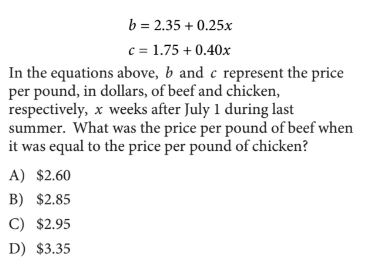

The serving cost goes on the plate recipe. All these items should also have a batch recipe with a yield that shows how much they cost per serving portion or per fluid ounce. Add in the cost of everything included in the dinner, like cole slaw, corn, mashed potatoes, gravy, biscuit, etc. You'll get a cost per piece of roughly $.52 per piece. To do it by pieces, just divide your batch recipe cost ($66.44) by the pieces per case (128). If you have more than one size chicken dinner, calculate your yield in pieces. If you only have one serving size, I suggest calculating a "portion" cost. You can express this in "pieces" or "portions" (3 pieces for a 3 piece plate). Next, you need to calculate the yield for your batch. The batch recipe might include $61.44 for chicken, $2.50 for flour and $2.50 for seasoning, giving you a batch recipe cost of $66.44. More importantly, you'll be including the cost of the breading and seasoning that gets wasted, which you have to recover money for also. This is much easier, and more accurate, than trying to calculate the cost of breading and seasonings for each individual piece. The plate recipe adds in your sides, bread, condiments, and Q factor (intangibles like fry oil, garnish, etc that have to be added to every plate recipe).įor your batch recipe, calculate the cost of frying a whole case of chicken IF you usually thaw and fry it by the case. The batch recipe helps you calculate the cost of the chicken portion of the plate. If you case is 48 lbs at $1.28 per lb, then your total case price is $61.44.įrom there, you should be creating a batch recipe and a plate recipe. You need to know what the cost per serving is, so you have to start with the serving size. I agree that trying to figure everything out down to the different pieces of chicken is a waste of time. I don't want to be left hanging in the primordial soup. You ever do this? I'm getting worse the older I get.

And this is after a reasonably good night's sleep. I think it works out the same, but now I genuinely have no idea what I'm talking about. I think the difference between how you do it and this may be that I was using the 3.84 of the whole 8 pieces and you were doing (I think) the same thing except using price per pound. If I ever remember it exactly.ĭon't know exactly how, but it seems to have worked.

If my head ever clears I will get back with you with the complete method. I had been ciphering on this thing for hours. Etc.īest way to tell you how I figured it is this. Then I think I went in reverse.įor example, the way it turned out, the chicken wing is 9.1% of the price (3.84) of the whole chicken (the 8 pieces). I then added the individual pieces to get the cost of 8 pieces. I got the price of each piece individually. I used the higher individual-piece case prices just to give me a baseline. WITH BREADING, MARINATE AND BATTER DIP FIGURED IN:ĥ-CENTS EA.PC. The percentages are what I figured for the percentage of each piece to the total weight of a 3# chicken.ĬHICKEN PRICES-Case Price, 16-Hd. Here's what I figured this morning, using $1.28 per pound: I think it may be right. As in 32 wings, 32 breasts, 32 thighs, and 32 drumsticks. The 16 head cases use smaller chickens than 14-Hd. cut case contains the equivalent number of cut up chicken pieces to 16 whole chickens.


 0 kommentar(er)
0 kommentar(er)
